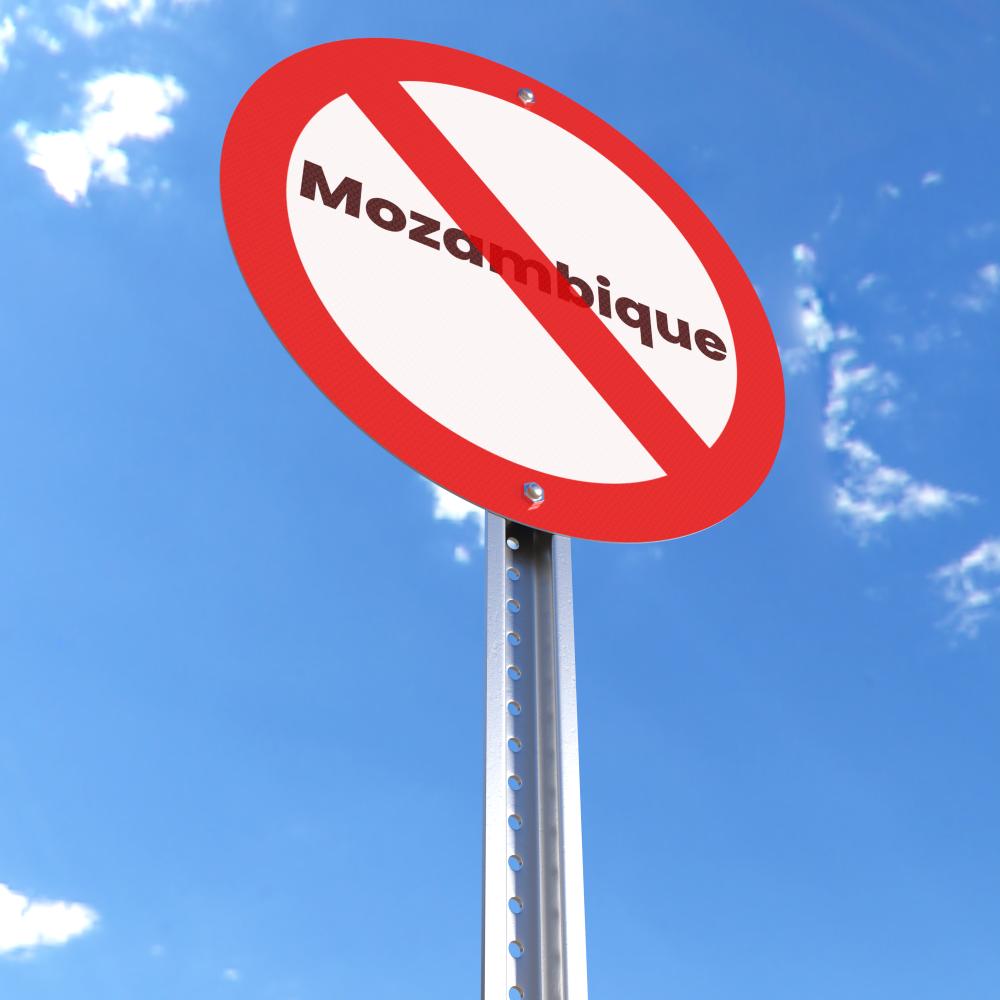Demystifying Domain Authority
In the world of search engine optimization, domain authority is a metric that stands out as a predictive measure of a website's potential to rank in search engine results. Developed by Moz, this metric evaluates a domain on a scale of 1 to 100 based on the quality and quantity of its backlinks. A higher score indicates a greater likelihood of ranking favorably in search results, making understanding and utilizing the moz domain authority check a vital part of online strategy.
As a professional with over two decades in digital marketing, I've seen countless businesses thrive by optimizing their domain authority. It serves as a comparative tool, allowing site owners to benchmark against competitors and identify areas for improvement. The moz domain authority check offers critical insights that can steer SEO strategies in fruitful directions.
How to Improve Your Domain Authority
Increasing your website's domain authority requires a multifaceted approach, focusing on SEO best practices and robust link-building strategies. Here are five steps to enhance your domain authority:
- Optimize On-Page SEO: Ensure that your website is technically sound, with fast load times, mobile friendliness, and proper use of meta tags.
- Produce Quality Content: Consistently publish valuable, original content that attracts backlinks organically.
- Engage in Ethical Link Building: Establish relationships with reputable sites in your niche for collaborative opportunities.
- Monitor Backlink Health: Regularly perform a moz domain authority check to inspect your backlink profile and disavow any harmful links.
- Leverage Social Media: Utilize social platforms to increase visibility and drive traffic to your content.
Each of these elements plays a significant role in boosting domain authority, contributing to overall search engine success.
Why Domain Authority Matters
The relevance of domain authority is often debated, yet its importance cannot be overstated. It acts as a compass for SEO efforts, offering insights into a site's competitive standing. As you conduct a moz domain authority check, it becomes evident how your site stacks up against the competition. Higher domain authority not only means better ranking potential but also increased credibility with both users and search engines.
From my experience, I've witnessed businesses utilize domain authority as a cornerstone of their digital marketing strategies. It serves as a holistic measure, encompassing various aspects of SEO. By continuously monitoring this metric, businesses can chart a more informed path to achieving higher rankings and greater online presence.
How Does Moz Calculate Domain Authority?
Moz calculates domain authority using a machine learning model that predicts a website's ranking potential by evaluating links and other metrics. This calculation involves a variety of factors, including linking root domains and the total number of links pointing to a site.
When performing a moz domain authority check, it's crucial to understand that domain authority is a relative metric. It should be used as a comparative tool rather than an absolute measure of success. Monitoring how your domain authority changes over time, in relation to your competitors, is a strategy that many have found invaluable in their SEO planning.
What Are Common Misconceptions About Domain Authority?
One of the most common misconceptions about domain authority is that it directly affects search engine rankings. Although a useful comparative metric, domain authority doesn't directly influence Google's algorithm. Instead, it is intended to act as a competitive barometer. Understanding the limitations of the moz domain authority check can prevent misguided efforts in SEO strategies.
Another myth is that domain authority is set in stone. In reality, it is a dynamic number that can fluctuate based on a site's backlink profile and improvements in competitor domains. Knowing this can help set realistic goals and expectations for SEO campaigns.
- Domain authority is not a direct ranking factor.
- It is best used for competitive analysis.
- The score can change with your link profile and external factors.

